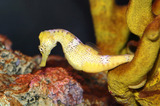
- Subject:
- Applied Science
- Biology
- Life Science
- Material Type:
- Module
- Author:
- OpenStax College
- Date Added:
- 07/18/2021

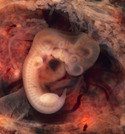
By the end of this section, you will be able to:Describe the process of organogenesisIdentify the anatomical axes formed in vertebrates
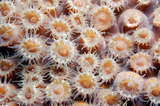
By the end of this section, you will be able to:Describe advantages and disadvantages of asexual and sexual reproductionDiscuss asexual reproduction methodsDiscuss sexual reproduction methods

By the end of this section, you will be able to:Explain how vacuoles, present in microorganisms, work to excrete wasteDescribe the way in which flame cells and nephridia in worms perform excretory functions and maintain osmotic balanceExplain how insects use Malpighian tubules to excrete wastes and maintain osmotic balance

By the end of this section, you will be able to:Explain how hormonal cues help the kidneys synchronize the osmotic needs of the bodyDescribe how hormones like epinephrine, norepinephrine, renin-angiotensin, aldosterone, anti-diuretic hormone, and atrial natriuretic peptide help regulate waste elimination, maintain correct osmolarity, and perform other osmoregulatory functions


By the end of this section, you will be able to:Compare and contrast the way in which aquatic animals and terrestrial animals can eliminate toxic ammonia from their systemsCompare the major byproduct of ammonia metabolism in vertebrate animals to that of birds, insects, and reptiles

By the end of this section, you will be able to:Define osmosis and explain its role within moleculesExplain why osmoregulation and osmotic balance are important body functionsDescribe active transport mechanismsExplain osmolarity and the way in which it is measuredDescribe osmoregulators or osmoconformers and how these tools allow animals to adapt to different environments
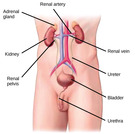
By the end of this section, you will be able to:Explain how the kidneys serve as the main osmoregulatory organs in mammalian systemsDescribe the structure of the kidneys and the functions of the parts of the kidneyDescribe how the nephron is the functional unit of the kidney and explain how it actively filters blood and generates urineDetail the three steps in the formation of urine: glomerular filtration, tubular reabsorption, and tubular secretion
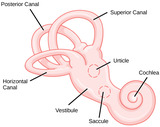
By the end of this section, you will be able to:Describe the relationship of amplitude and frequency of a sound wave to attributes of soundTrace the path of sound through the auditory system to the site of transduction of soundIdentify the structures of the vestibular system that respond to gravity

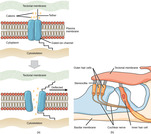
By the end of this section, you will be able to:Identify the general and special senses in humansDescribe three important steps in sensory perceptionExplain the concept of just-noticeable difference in sensory perception
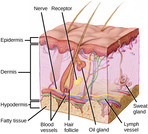
By the end of this section, you will be able to:Describe four important mechanoreceptors in human skinDescribe the topographical distribution of somatosensory receptors between glabrous and hairy skinExplain why the perception of pain is subjective
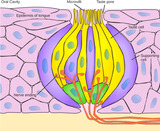
By the end of this section, you will be able to:Explain in what way smell and taste stimuli differ from other sensory stimuliIdentify the five primary tastes that can be distinguished by humansExplain in anatomical terms why a dog’s sense of smell is more acute than a human’s
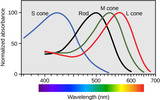
By the end of this section, you will be able to:Explain how electromagnetic waves differs from sound wavesTrace the path of light through the eye to the point of the optic nerveExplain tonic activity as it is manifested in photoreceptors in the retina

By the end of this section, you will be able to:Describe the various types of body plans that occur in animalsDescribe limits on animal size and shapeRelate bioenergetics to body size, levels of activity, and the environment
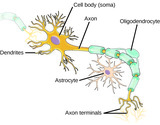
By the end of this section, you will be able to:Describe epithelial tissuesDiscuss the different types of connective tissues in animalsDescribe three types of muscle tissuesDescribe nervous tissue

By the end of this section, you will be able to:Define homeostasisDescribe the factors affecting homeostasisDiscuss positive and negative feedback mechanisms used in homeostasisDescribe thermoregulation of endothermic and ectothermic animals
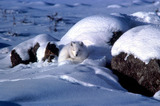

By the end of this section, you will be able to:Describe the system of blood flow through the bodyDescribe how blood pressure is regulated